7 Old Halloween Traditions That Might Give You The Chills
10th Oct 2019Experience Edinburgh's Old Town streets and Blair Street Underground Vaults on an Edinburgh ghost tour.
October is probably best known for one thing and one thing only – Halloween. What we know as Halloween today actually stems from ancient Celtic celebrations.
The Celtic people did not look at their year in months as we do so today but instead in two halves; one light and one dark. At the stroke of midnight on the 31st October the dark half of the year began, this was known as the ‘Summers end’ or Samhuinn.
It is also thought that Samhuinn (pronounced ‘sa – when’) is the time of the year when the barrier between the realm of the living and the realm of the dead is at its thinnest. From these Celtic celebrations many traditions have been passed down, including some that we still use today.
Let’s take a look…
Halloween traditions
1. Guising
One of the most popular Halloween traditions which is still in practice today is ‘Trick or Treat’. For many people in Scotland this act is better known as guising or galoshing.
This is when you would dress up, usually as something scary, and ask for treats. Those who didn’t give treats would be left with a trick or a prank.
The act of the treat came from the practice of leaving offerings on doorsteps to appease any ill-meaning spirits who may visit. People would dress up in the hopes that the costumes would disguise the fact that they were human and hopefully blend into the otherworldly visitors.
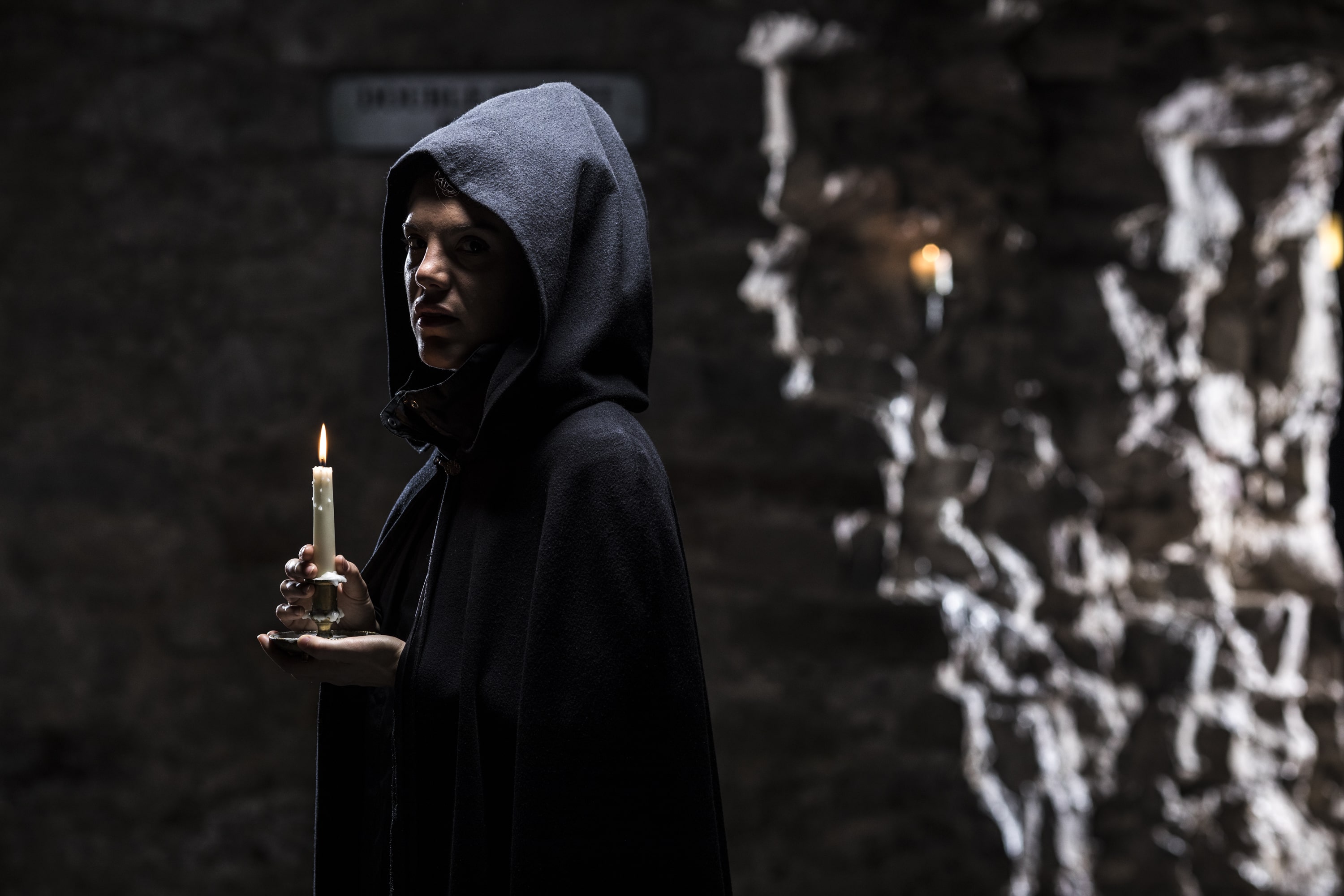
2. Dumb Supper
A Dumb Supper feast would be held during Samhuinn for any ancestors or loved ones who had passed away, with one extra place set for the dearly departed. Food would be served onto this plate and all of the guests would eat in silence with the door of the room left open for the dead to join. After the meal was finished, the meal left at the empty place setting would be taken outside and left in the open.
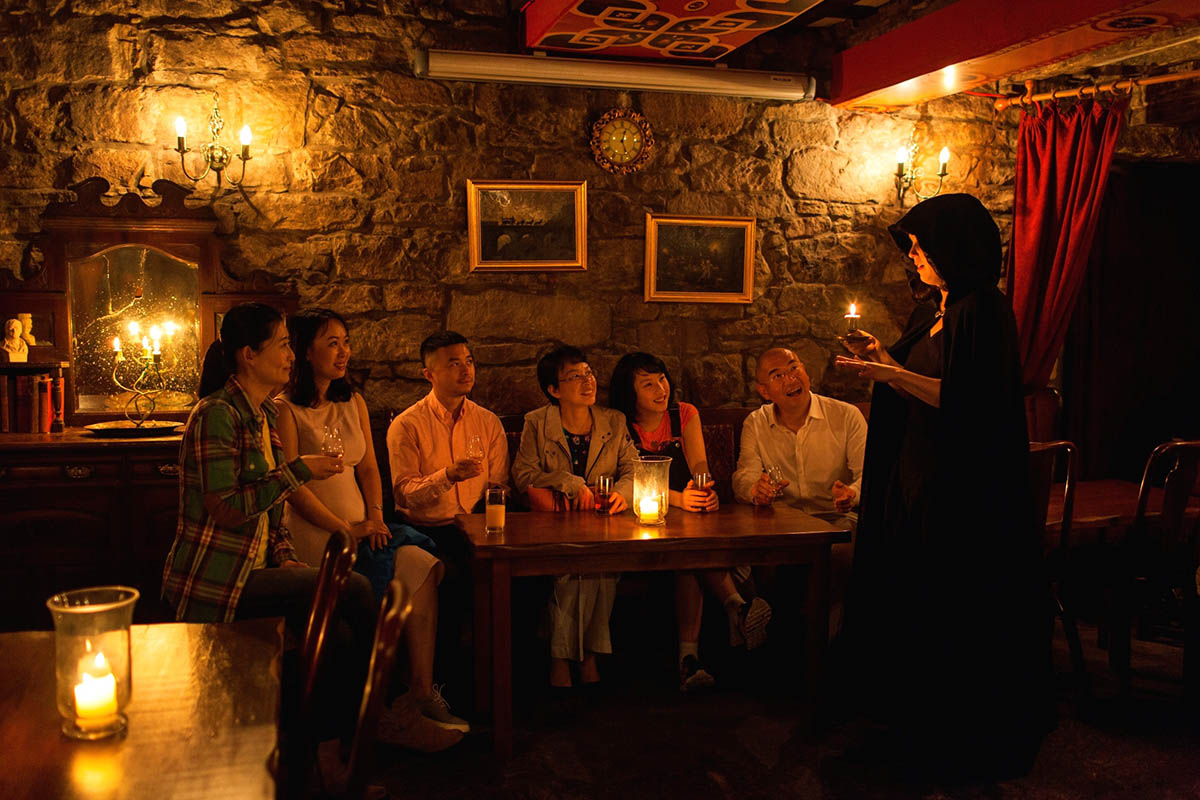
3. Candles
Although candles may sound like an obvious choice at Halloween, traditionally they offer more than atmospheric lighting. Candles would be lit around the home as a way to guide lost spirits home when the realm between the two worlds was at its thinnest.
4. Rowan crosses
During Samhuinn, crosses were made from the twigs of the rowan tree and tied with red cord to ward off evil spirits.
In Celtic mythology the rowan tree is also seen as the Tree of Life and symbolises courage, wisdom and protection. Not only this, but the red berries of the rowan tree were symbolic too, as red is believed to be a protective colour and one that is linked to creation and life. Also at the bottom of the berry you can find the shape of a pentagram, an ancient protective symbol.
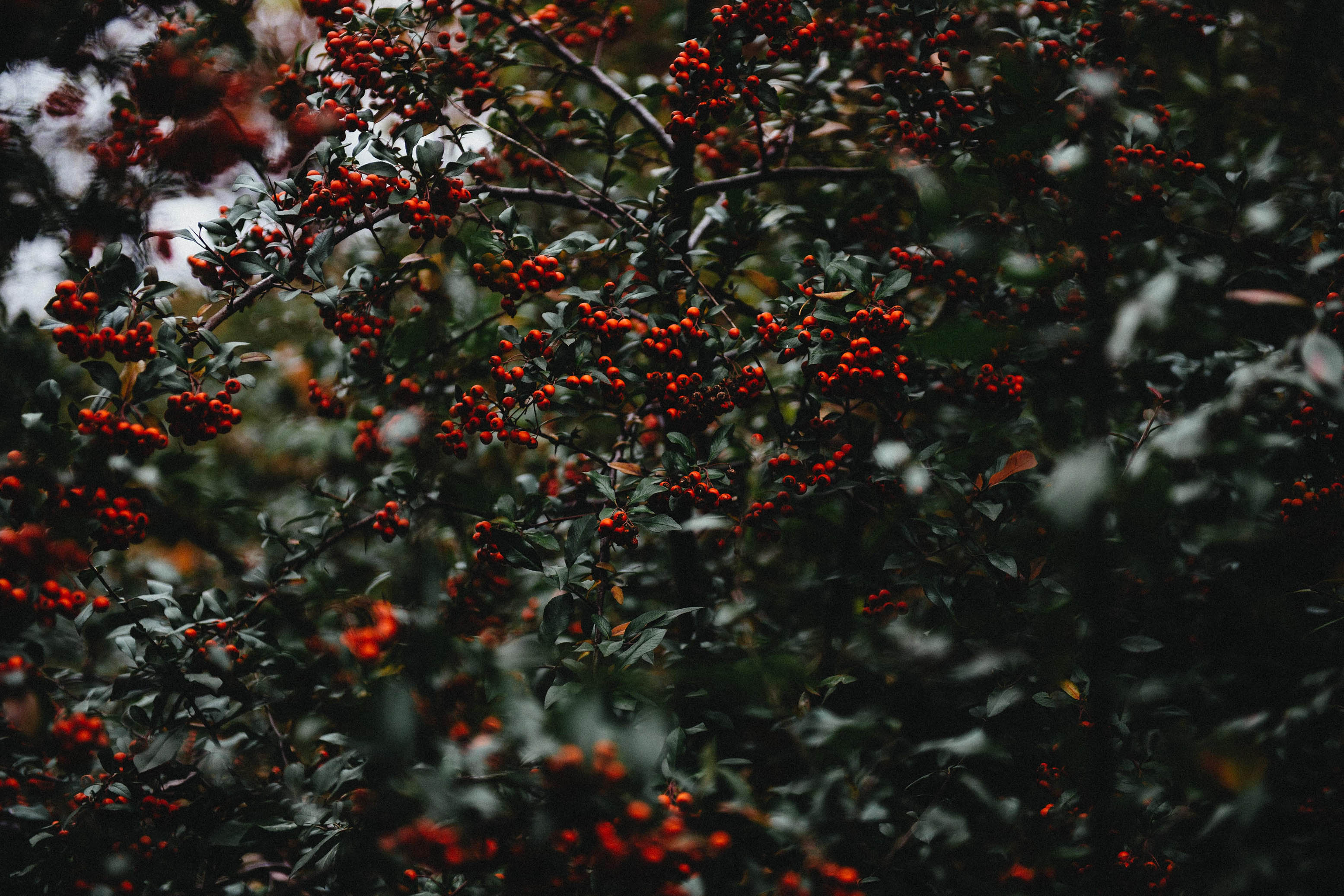
5. Carved turnips
It wouldn’t be Halloween without carved pumpkins. Traditionally turnips were used as they were more easily accessible. Grotesque faces were carved into turnips, with a candle lit inside, designed to scare away any unwanted visitors… However, turnips are very difficult to carve and so the move was made to the much softer pumpkin!
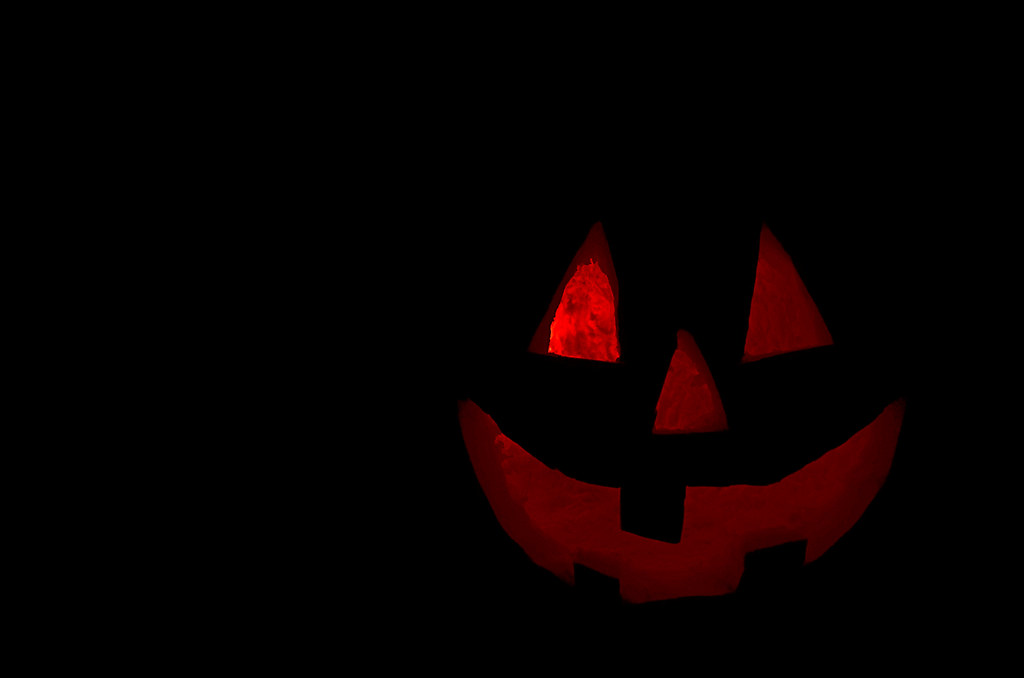
6. Apple peel
Many also believed that during Samhuinn time moved differently making it possible to predict or take a look into the future.
Apple peel was used by unmarried women to try and predict their future husband. The peel would be thrown over their shoulder and fall into the shape of the initial of the man they would someday marry.
7. Hazelnuts
Hazelnuts were used in the same fashion as the apple peels above. Hazelnuts would each be given the name of a potential suitor and then thrown into the fire. Whichever hazelnut popped out of the fire first would be the man she would marry.
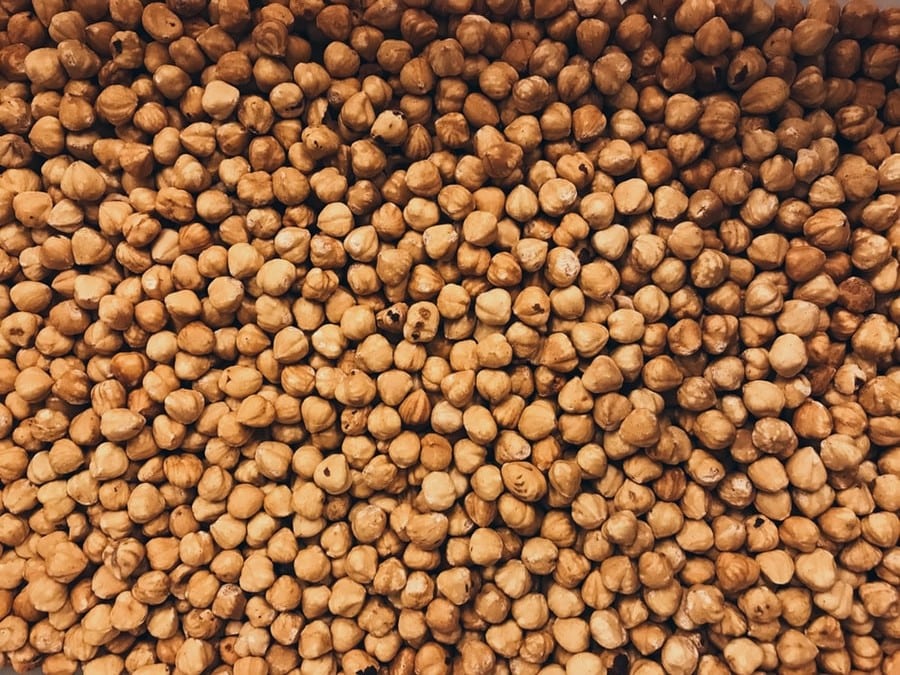
Descend into the depths of the city and hear the stories of its dark past on an Edinburgh ghost tour.

